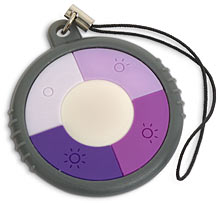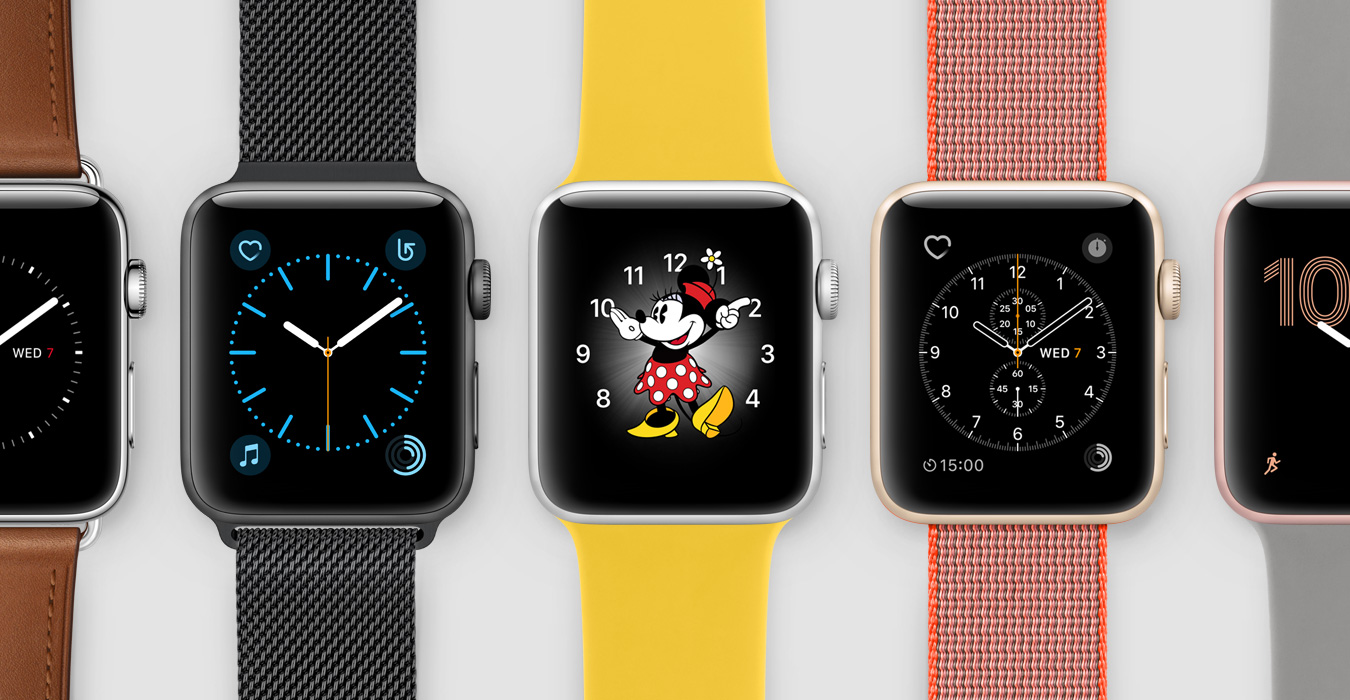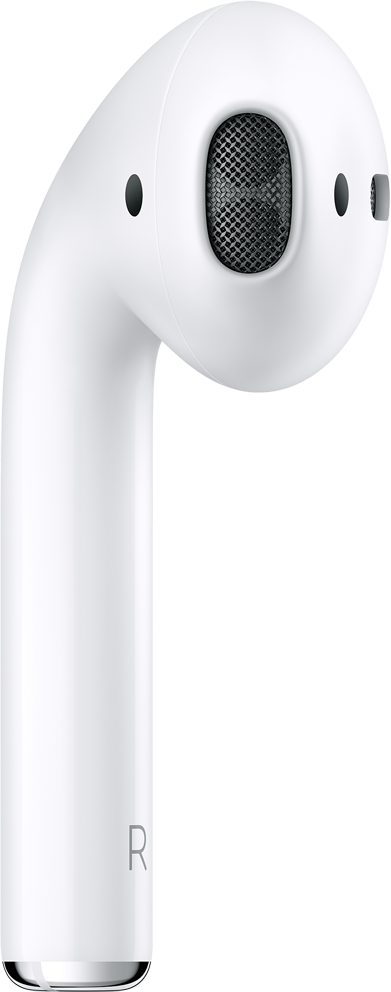 The strength of the sun’s ultraviolet (UV) radiation is expressed as a Solar UV Index or Sun Index*. Indices of 9 and 10 are common in the Mediterranean area. Here in Los Angeles todays UV Index was 9. But how can you tell if you are getting too much radiation? Think Geek has a keychain device to help you gauge the amount of UV present. It is called the UV Monkey.
The strength of the sun’s ultraviolet (UV) radiation is expressed as a Solar UV Index or Sun Index*. Indices of 9 and 10 are common in the Mediterranean area. Here in Los Angeles todays UV Index was 9. But how can you tell if you are getting too much radiation? Think Geek has a keychain device to help you gauge the amount of UV present. It is called the UV Monkey.
[$9.99 Via ThinkGeek :: What’s New.]
*The UV Index is a forecast of the amount of skin damaging UV radiation expected to reach the earth’s surface at the time when the sun is highest in the sky (around midday). The amount of UV radiation reaching the surface is primarily related to the elevation of the sun in the sky, the amount of ozone in the stratosphere, and the amounts of cloud cover. However, thick cloud can greatly reduce ultraviolet radiation levels and, surprisingly, certain types of thin cloud can magnify the ultraviolet radiation strength.
The peak daily ultraviolet radiation level changes over the year. The strongest being at the Summer solstice (21st June) and the weakest at the Winter solstice (21st December).
The UV Index can range from 0 (at night) to 11 or 12. It might even be higher in the tropics and/or at high elevations under clear skies. The higher the UV Index, the greater the dose rate of skin damaging (and eye damaging) UV radiation. Consequently, the higher the UV Index, the smaller the time it takes before skin or eye damage occurs. Find out about your risk and burning time with Weather Online’s skin type table.
| Risk of damage to skin | ||||
| UV INDEX | SKIN TYPE | |||
| white (burners) | white (tanners) | naturally brown | naturally black | |
| 1 | low | no risk | no risk | no risk |
| 2 | low | no risk | no risk | no risk |
| 3 | medium | low | no risk | no risk |
| 4 | medium | low | no risk | no risk |
| 5 | high | medium | low | no risk |
| 6 | high | medium | medium | low |
| 7 | very high | high | medium | medium |
| 8 | very high | high | medium | medium |
| 9 | very high | high | medium | medium |
| 10 | very high | high | high | medium |
Low risk means that there is nothing to worry about – the sun will not harm you. Redness (erythema) will appear in 2 hours or more (11:00-15:00 GMT) in a UK summer
Medium risk means that the sun is not dangerous, but you should avoid being in direct sunlight for more than 1 to 2 hours. Redness (erythema) will after longer exposition. Burners should apply skin protection factor (SPF) 15 sun screen. All people should wear UV-A+B sun glasses
High risk means you could burn in 30 to 60 minutes. Try to keep out of direct sunlight, cover up or wear a sunscreen lotion SPF 15+. Use protective clothing.
Very high risk means that you could burn severely in 20 to 30 minutes. Stay out of direct sunlight, cover up and use a sunscreen lotion SPF 15+.
People of all skin colour, especially children and babies, can suffer eye damage, over heating and dehydration as a result of excessive sun exposure.



